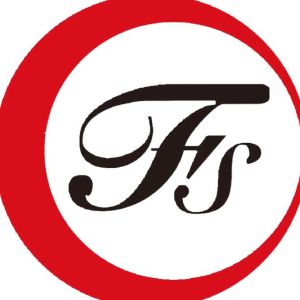PCB installation technology and stepsPosted by FSPCBA on January 3rd, 2023 With the development of the electronics industry, more and more people pay attention to the "mother of electronic products" - PCBA. This FS PCBA will introduce the types of PCB assembly and the process of PCBA manufacturing for all electronics enthusiasts. PCB Assembly Technology TypesBefore starting the PCB assembly process, FS Technology will introduce you to several of the most common PCB assembly methods, which are used in the manufacture of PCBA and have unique advantages of each other:
SMT assemblyThe full name of SMT is "Surface Mount Technology", which is the most widely used PCB assembly technology. SMT assembly uses a high-speed placement machine to quickly install SMD components on the bare PCB. The installed PCB is reflowed to cure the solder paste, and the assembly is completed after AOI inspection. With the development of miniaturization trend, electronics manufacturers rely more and more on SMT assembly. The advantages of SMT assembly include:
DIP assemblyDIP assembly, also known as THT assembly, through-hole assembly, is a technology that uses through-hole technology to mount electronic components on a bare PCB. These DIP components installed on the circuit board through DIP assembly technology include leads and wires. Typical representatives of DIP components include: resistors, capacitors, inductors, PDIP ICs, transformers, transistors, IGBTs, MOSFETs, etc. The characteristics of this assembly method are as follows:
Mixed assemblyHybrid assembly refers to the combination of multiple assembly technologies to complete the manufacture of PCBA boards. Usually PCBA manufacturers have both SMT and DIP capabilities. In order to realize the diversification of PCBA, these two assembly technologies are applied to one board at the same time. The workflow of the mixed assembly workshop is as follows:
BGA assemblyBGA or Ball Grid Array is a type of PCB package used to mount devices such as microprocessors with hundreds of pins. It is also known as Ball Grid Array. The BGA package or IC is mounted directly onto the BGA board and soldered in place, a process known as BGA assembly. In most cases, FS PCBA does not add solder paste but only uses solder balls when doing BGA rework. This assumes honest site preparation and a proper flux process. Solder paste is often beneficial where planarity issues may also exist. Conditions of PCB assembly process:Before PCB manufacturing and PCB assembly, the manufacturer must test the customer's production data. Before assembly, the assembly company also conducts a secondary inspection of the produced bare PCB to detect whether there are PCB defects or errors that may cause failure. This process is called the design for manufacturing (DFM) process. Manufacturers must perform these basic DFM steps to ensure flawless PCBs. Component Layout ConsiderationsPolarized through-hole components must be checked. The polarity of electrolytic capacitors must be checked, the polarity of diodes must be checked, and the polarity of SMT tantalum capacitors must be checked. IC notch/header orientation must be checked. Components that require a heat sink should have enough space for other components to keep the heat sink from touching. Hole and Via Spacing:The hole spacing and the spacing between holes and traces should be checked. Pads and vias cannot overlap. Copper pad, thickness, trace width should be considered.After performing a DFM inspection, manufacturers can easily reduce manufacturing costs by reducing the number of scrapped boards. This will help with fast turnaround by avoiding failures at the DFM level. At RayPCB, we provide DFM and DFT inspections in circuit assembly and prototyping. At RayPCB, we provide PCB OEM services, wave soldering, PCB card testing and SMT assembly using state-of-the-art OEM equipment. Like it? Share it!More by this author |


